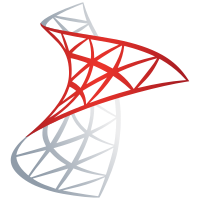

This 5 day course is intended for students new to querying and programming with Microsoft SQL Server products who need a total immersion in the subject on a SQL Server 2016 or 2017 platform. This is a very comprehensive and intensive course with plenty of illustrated examples and augmented with practical hands-on exercises to enhance the learning experience.
Additionally, with the course structure being fully modularised, customised versions of this course can also be devised and delivered to suit individual requirements. In fact, specific content from this course could also be combined with material from other related courses to produce a bespoke training package – just ask for details.
Prerequisites
Students should be familiar with basic programming concepts and also understand the fundamental design of relational databases including, but not restricted to, the purpose of primary and foreign keys, entity relationships, and data normalization, such as can be found in the following course.
Course Objectives
Upon successful completion of this course, students will be able to:
We can arrange your own private Microsoft SQL Server course.
Have us build a custom private course tailored to your needs.
If you are looking to training a group of people private courses can be very cost effective.
Unlimited post course email support on the course topics.
Excellent course, The trainer was very helpful and taught the group a wide range of new Word skills.
The trainer was an excellent tutor. He did check all of the group was able to keep up and if there were any problems or questions of the attendants, he was always willing to help.
Really good course. lots of hands on practice and clear explanations.
Really good trainer. He made the training interesting and fun.
The trainer demonstrated a deep and knowledgeable understanding of the software and was able to simplify its complexities.
Really enjoyable and relevant, Stuart was brilliant!